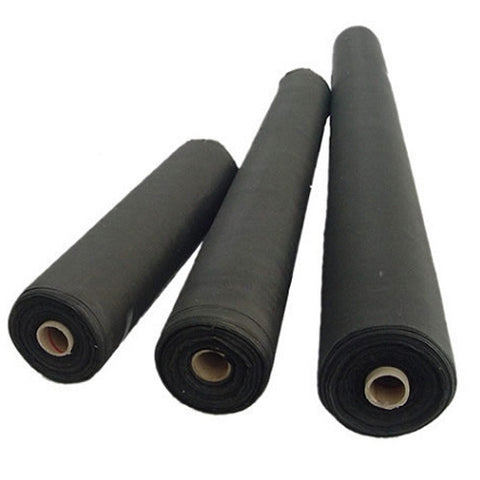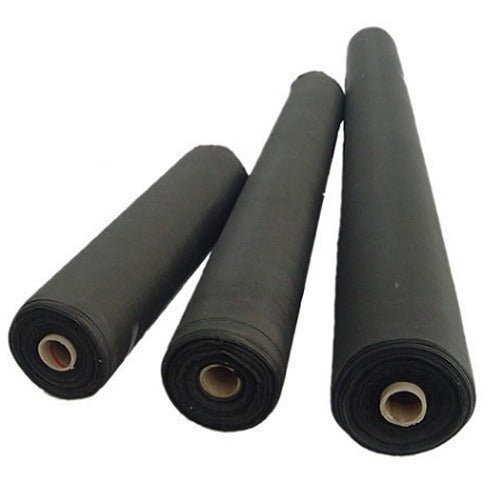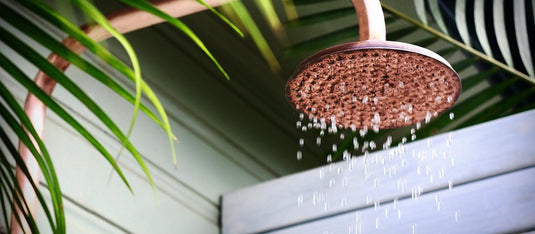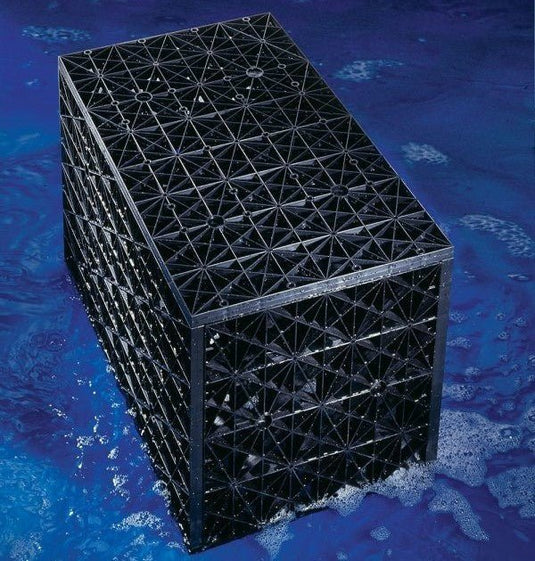Geo Fab is the commonly abbreviated term for Geofabric. The technical name for this product is actually "permeable geotextile fabric" If your boss recently yelled at you to go pick up some Geo Fab, he is most probably asking you to pick up a product such as this roll of Geofabric

What are the 3 main uses of a geotextile?
1. Separation: Geotextiles are used to separate different layers of material such as soil and rock, allowing them to move independently, preventing erosion and instability.
2. Reinforcement: Geotextiles are used to reinforce the strength of an embankment or soil wall, reducing the risk of failure and providing additional stability.
3. Filtration: Geotextiles are used as a filtration material, allowing water to pass through while trapping sediment and other particulates. This helps to prevent contamination of water sources and allows for better water management. This is the common use case when installed with drainage cell and filtration tank products.
Are there different types of Geo Fab?
Geotextile fabrics come in three basic forms: non- woven geotextiles, woven geotextiles (needle punched), or heat bonded geotextiles (structural woven). Within these different forms, there are many different shapes and sized made for all of the different applications. For a more in depth explanation of the technical properties, we recommend Global Synthetics.
How is Geofabric made?
Non-woven
Is Geo fabric necessary?
Geo fabric is not always necessary, as it depends on the specific project. Generally, it is used to provide additional support to soil in areas with weak soil structure or to reduce water infiltration in an area with high water content. It can also be used to separate different layers of soil or to provide a layer of protection against punctures from roots or rocks.
Can roots grow through geotextile fabric?
No, roots are not able to grow through geotextile fabric. Geotextile fabric is a non-biodegradable material designed to be used as a barrier between soil and other materials. It is not permeable, so roots are unable to pass through it.
Should I put geotextile fabric under pavers?
Yes, geotextile fabric can be used under pavers to help prevent weeds and stabilize the soil. It also helps to prevent shifting and settling of the pavers over time.
History of "Geo Fab"
While we are talking all things Geo Fab, The concept of using textiles for geotechnical purposes dates back to ancient civilizations, where natural fibers like straw, grass and other plant materials were employed for stabilization and erosion control. However, the development of modern geofabric began in the mid-20th century.
One significant contributor to the development of geofabric is Dr. J.P. Giroud, a renowned geotechnical engineer and researcher. He played a pivotal role in establishing geosynthetics as a distinct field of study and contributed to the advancement of geofabric technologies. Other researchers, engineers and manufacturers have also made significant contributions to the development and refinement of geofabric materials and applications.
It's important to note that geofabric is a collective term for various geosynthetic materials used in civil engineering and geotechnical projects. Different types of geofabric, such as woven, non-woven and composite geotextiles have been developed and improved by various individuals and organizations in the geotechnical industry.
If you have any other questions around Geofabric, please do not hesitate to call Eco Sustainable House.







